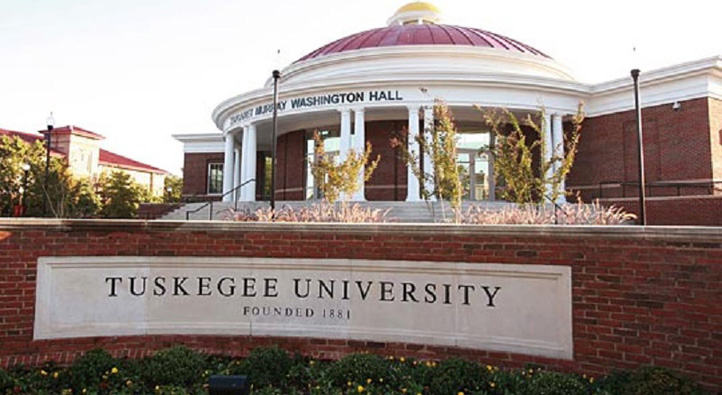
As we commence 2014, college admissions and FAFSA application deadlines are rapidly approaching. Of course, we know that many open-admissions, online and non-selective institutions often accept applications and admit students up until the day before classes start. In fact, some even take students well into the semester. Research suggests, however, that late enrollees have much lower persistence rates than those who apply in a timely manner and have the opportunity to participate in orientation programs for new or transfer students.
In recognition of this reality, many school districts, colleges and universities, foundations and community based organizations have teamed up in recent years to support first generation students with completing admission applications and financial aid forms. These “help sessions” have aided tremendously in increasing college enrollment among students from less wealthy backgrounds.
At the three institutions that I had the privilege of leading, enrollment was always at the top of the priority list for me and my administrative colleagues. In addition to missing the opportunity to provide an optimal number of students with a high quality college education, we knew all too well that not meeting our enrollment targets had significant consequences that reverberated throughout the institution. Some of those included laying off faculty and staff, curtailing the procurement of essential products and services needed to support instruction, reducing student financial aid awards and deferring maintenance, among other consequences. The financial situation was destined to become even more volatile when combined with reductions in state appropriations and a decline in private gifts.
During my last chancellorship, which was at an HBCU, everything I thought I knew about university leadership was tested, especially with respect to enrollment management, quality improvement and financial affairs. Shortly after my arrival, the General Administration of the University North Carolina, with support from the Board of Governors, made the decision to shift from funding constituent universities based on quantitative growth to one based on a set of qualitative metrics, with which I agreed in principle. Just as the new metrics were introduced, the NC economy hit the skids and required budget cuts the likes of which most university leaders had never experienced. As the leader of a low-wealth university serving large numbers of first generation students, enrollment management took on new meaning for me.
I concluded that the following five strategies were key to the university’s long term enrollment stability and growth:
1. Increase the academic stature and status of the university by enforcing admissions standards. Too often HBCU are viewed as last resort institutions that admit students other universities will not. As a result, many better prepared students choose institutions they perceive as better, PWIs;
2. Increase the success and retention of currently enrolled students by enveloping them in a network of comprehensive academic and personal support services;
3.Collaborate with community colleges to increase the number of reverse transfers and dual enrollees;
4. Increase the number of Hispanic, Caucasian and other non-white students;
5. Increase the enrollment of academically eligible students who dropped out of college before completing their degree.
Given the aggressive recruitment tactics of PWIs seeking to meet their diversity objectives, and the growing attractiveness of proprietary online institutions, HBCUs must intensify their efforts to convey their value proposition not only to black students but to other ethic groups as well. Experience has shown that HBCUs can no longer assume that black students will automatically enroll just because it’s an HBCU. Today’s students have choices and they are exercising those choices based on what they perceive as being in their best interests.
In the years ahead, enrollment stability is the factor that will determine whether HBCUs will thrive or simply survive. How HBCUs respond to the enrollment challenge is up to them, not a third party!



